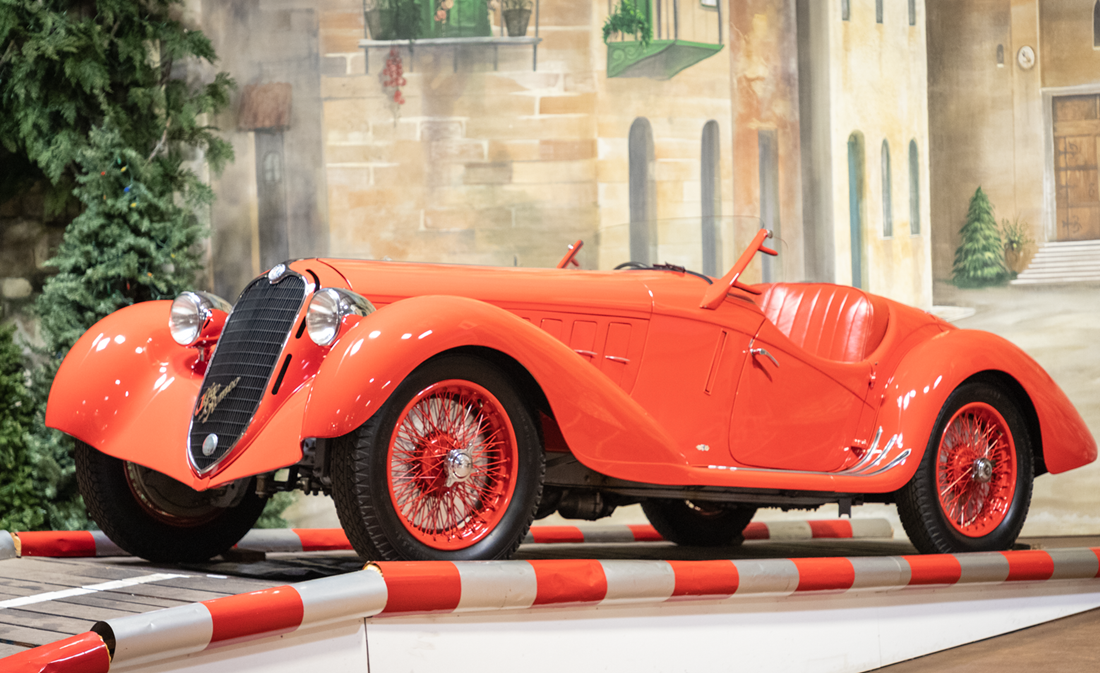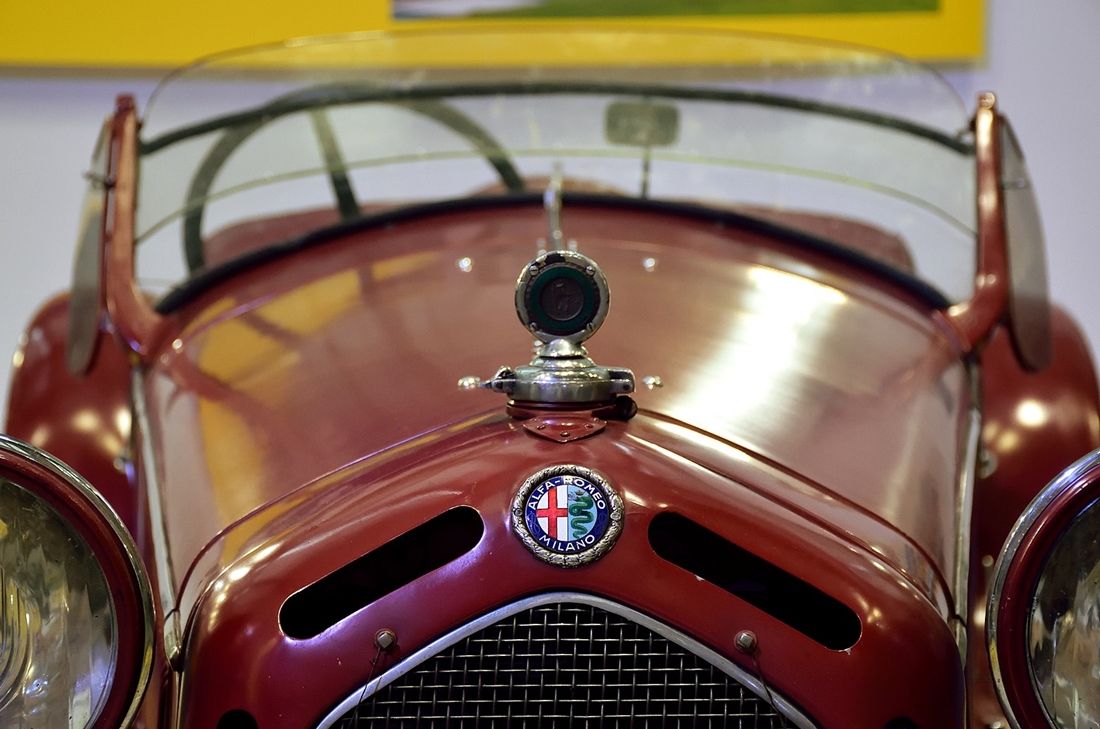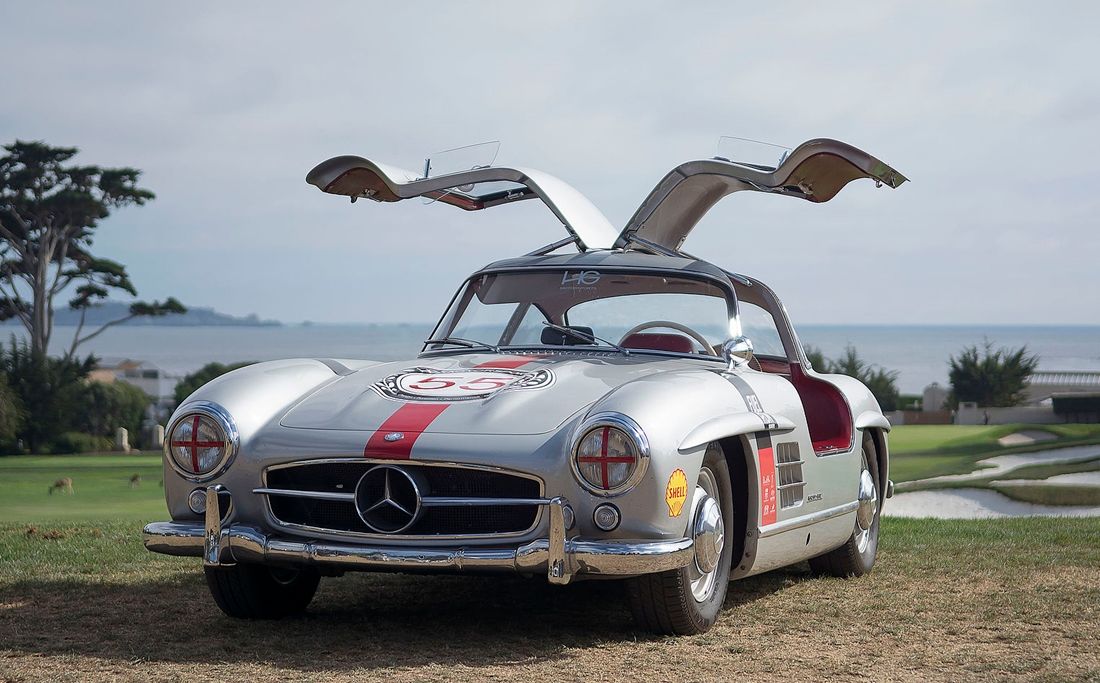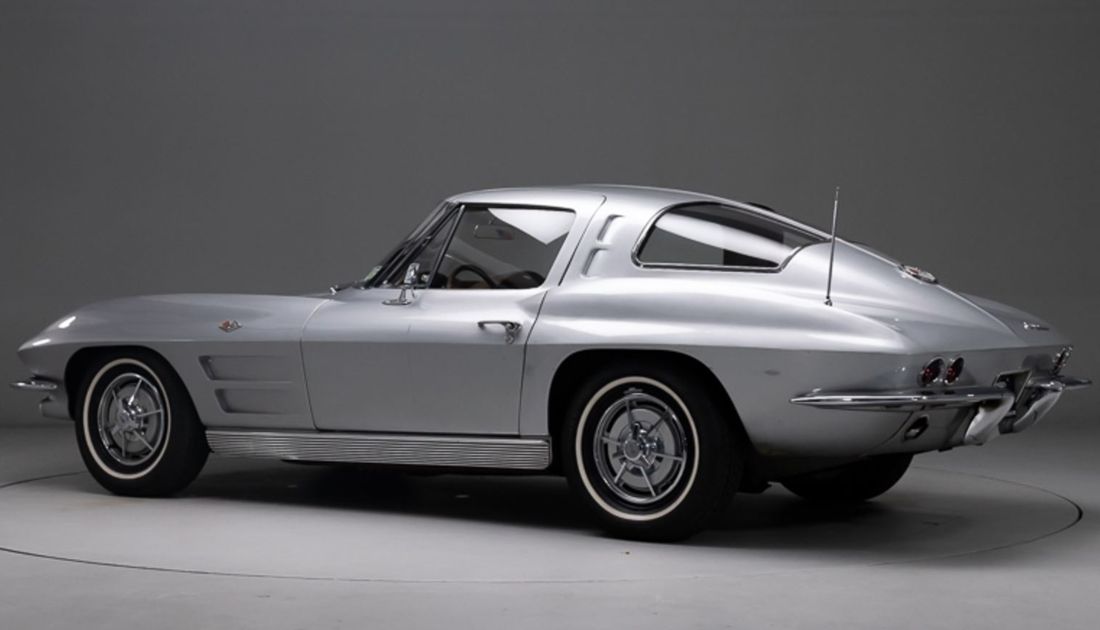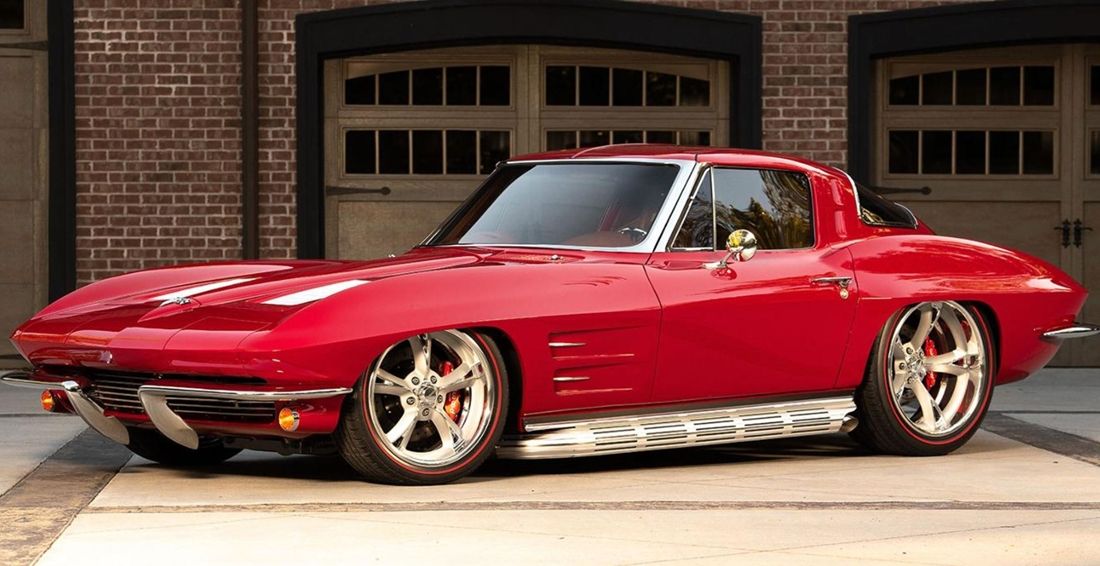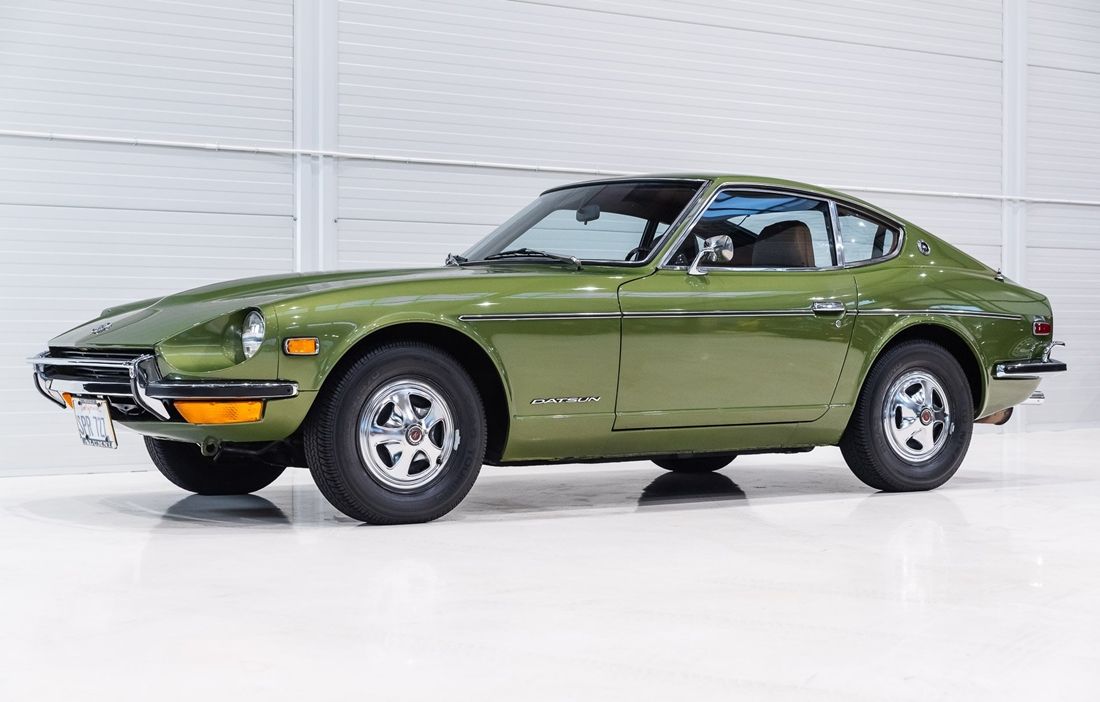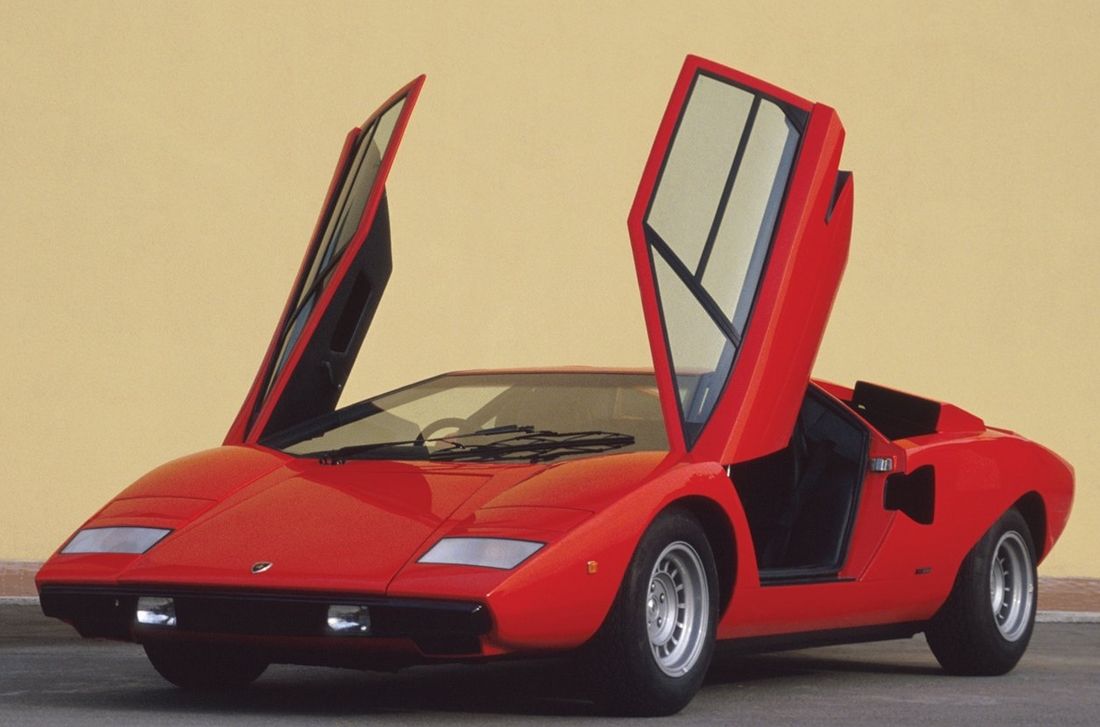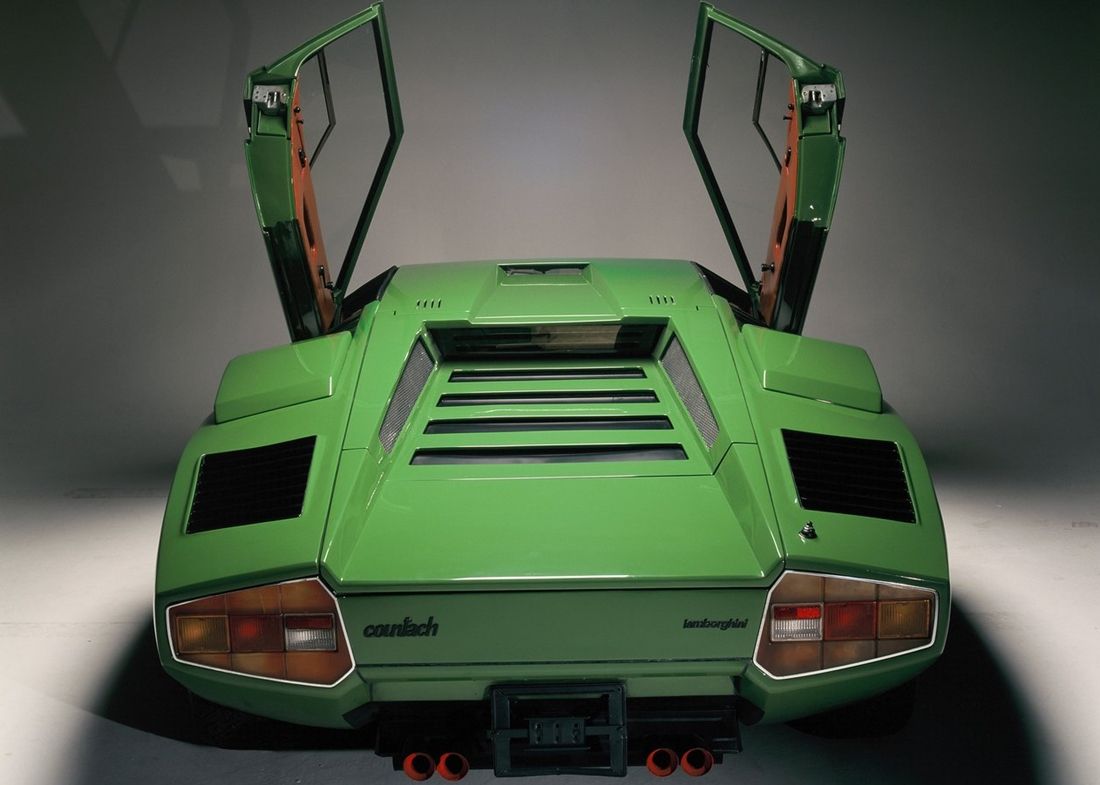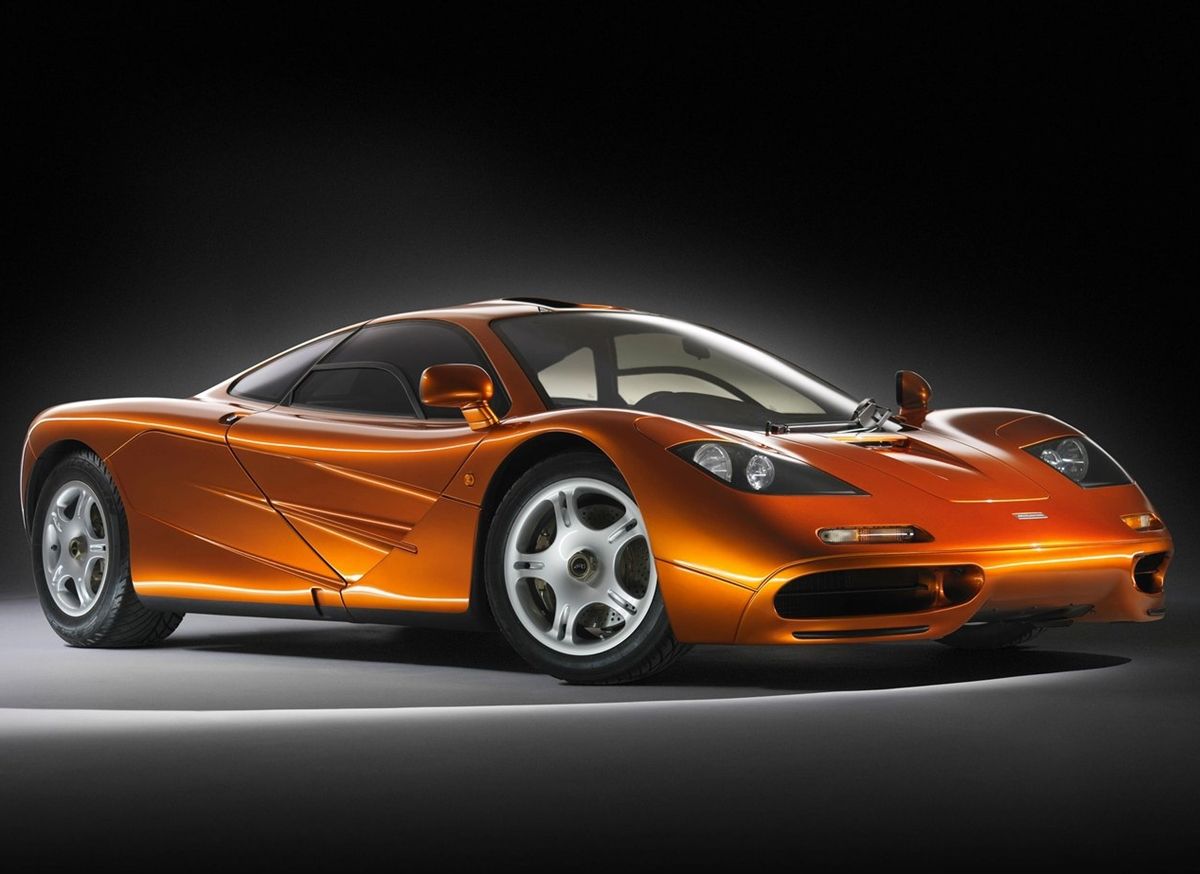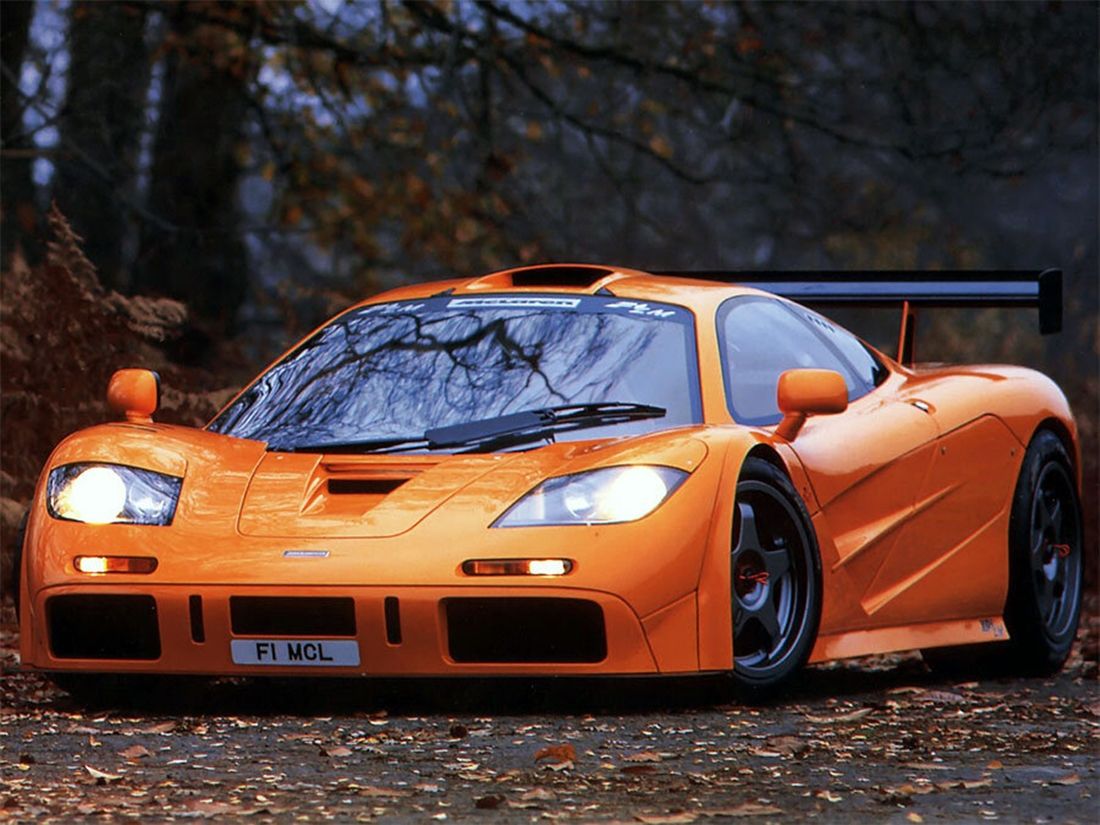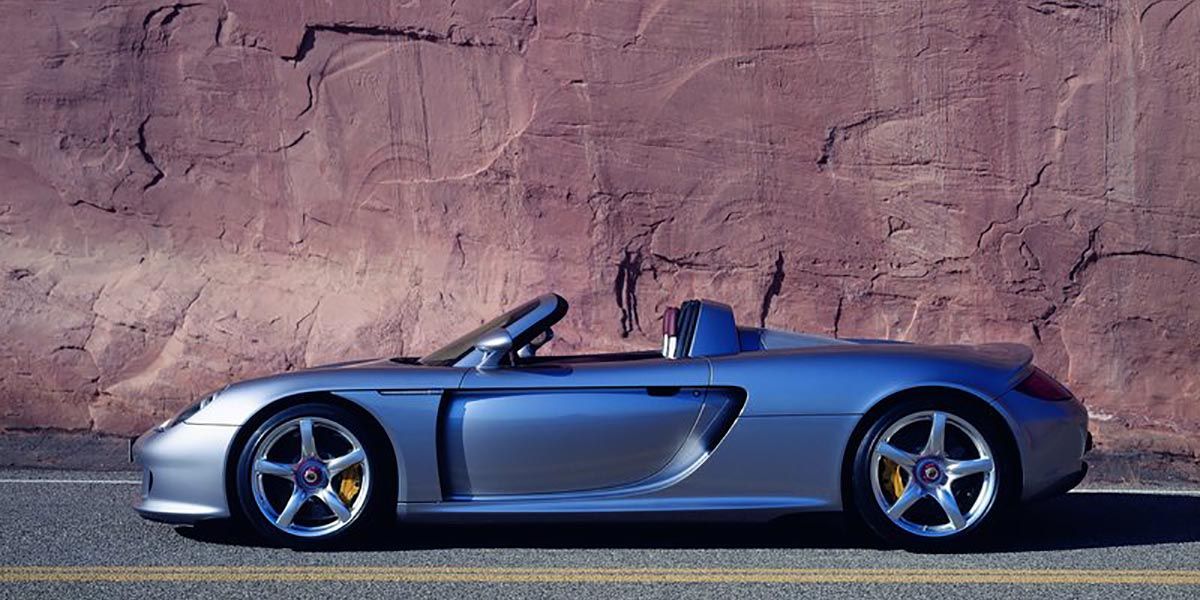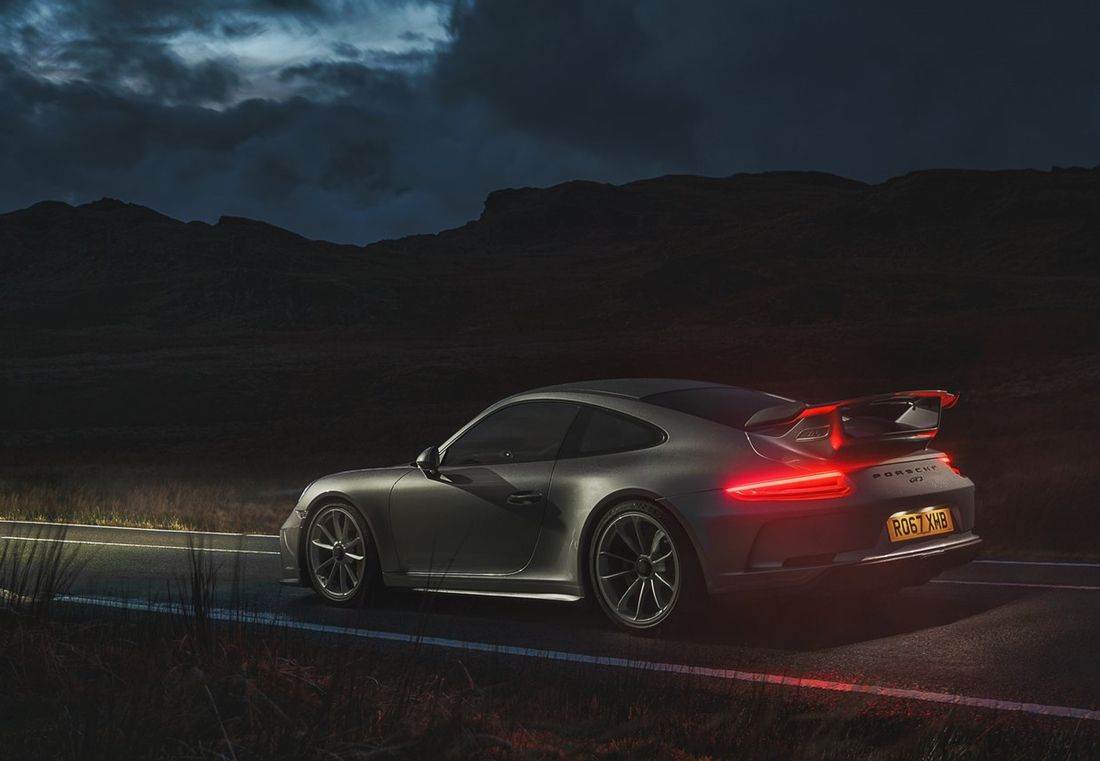It's incredible how a car can leave its imprint on history. People will never forget the 1955 Mercedes-Benz 300 SLR 722 driven by Stirling Moss to a record-breaking win in the 1955 Mille Miglia, the 1968 Highland Green Ford Mustang driven by Steve McQueen in the film Bullitt, or James Bond's 1965 Aston Martin DB5. Then there are cars that are admired simply because they have withstood the test of time, regardless of what they accomplished or what movie they appeared in.
At the turn of the twentieth century, cars were designed and manufactured for functional rather than aesthetic reasons, and their ability to transport both people and big loads was what spurred the designers and manufacturers onward. Humans, on the other hand, have an eye for beauty as well as a need for power and speed, therefore the advent of sports cars was unavoidable.
However, it wasn't until the years after the Second World War that sports cars in the traditional sense first appeared on the scene. This was due in part to technological advancements, but it was also due to a combination of other factors, including the end of more than a decade of depression and war, which resulted in increased consumption; and the improvement of roadways.
We have selected eight sports cars, ranging from the 1940s to the present, that have become interwoven into the very heart of their respective decades, thrilled enthusiasts worldwide, and helped push industry standards further. Our selection criteria are straightforward: the car was a big hit at the time, a significant milestone in history, and a game-changer.
8 The 1940s: Alfa Romeo 8C
Few marques shine brighter than Alfa Romeo for those who view style, finesse, and balanced performance as the genuine measure of a car, as well as those who value history and heritage. The Milanese automaker, now in its 111th year, is older than most, having weathered two World Wars, financial and fuel crises, and a succession of owners, the most recent of which was Stellantis. Alfa Romeo was responsible for some of the most successful race cars ever built from the 1920s through the 1950s.
The Alfa Romeo 8C is a genuinely remarkable sports car for a variety of reasons. When it was created more than eighty years ago, it had the world's most amazing performance road car chassis. The supercharged in-line eight-cylinder engine was increased from 2.3 liters to 2.9 liters, generating at least 180 hp for road cars and 220 hp for racers. It was developed from an earlier Type C monoposto racer for the Mille Miglia (8C 2900s won five times).
7 The 1950s: Mercedes-Benz 300SL Gullwing
The Mercedes-Benz SL's amazing history began in motor racing. The 1952 Mercedes-Benz 300 SL was the company's first all-new race car after the Second World War and the first vehicle to earn the classification SL, for "Super Light." Its engine, transmission, and axles were developed from the Adenauer-Mercedes 300 model.
The revolutionary spaceframe of the 300 SL, weighing only 50 kilos, ensured low weight paired with high torsional rigidity. The Mercedes-Benz 300SL's "Gullwing" doors introduced an element of the spectacular to a car with an immaculate racing heritage. The car's striking appearance was quickly matched by its performance. The 300 SL finished an outstanding second in its first competitive outing, the grueling 1,600-kilometer Mille Miglia.
6 The 1960s: Chevrolet Corvette Stingray Split Window
The 1963 Corvette Stingray's launch was a watershed moment in the world of sports cars. The 1963 Stingray was both an engineering accomplishment and a design milestone. The 1963 split-window Corvette is one of history's all-time favorite Corvettes. The 1963 model marked the start of the sports car's second generation and was the first time a Corvette was available in coupe configuration.
Inspired by Bill Mitchell's racing Stingray and the Q Corvette concepts from 1957, the new body was an instant success. The experimental project XP-720—the design program that led directly to the production of 1963 Corvette Stingray—combined elements from the Q Corvette and the Stingray Special racer.
5 The 1970s: Datsun 240z
There's no doubt about it: if you want to blow minds with a vintage sports car, a classic Ferrari, a Porsche, or even a Mustang will do the trick; however, if you want to blow the minds of the right people—the connoisseurs and true gearheads—it's all about the early-'70s Datsun 240Zs right now. This mechanical marvel from Japan entered the American market as the dependable, inexpensive, high-performance alternative to the European imports that controlled the exotic horsepower market.
If you're short on time, let us help you get through this edition of Jay Leno's Garage show. Skip ahead to 18:55, when the comedian takes the wheel of this 1973 Datsun 240Z, the only delightful sound being the throaty growl of the naturally aspirated 2.6-liter inline-6. Listening to the Datsun trumpeting its way through the gears will fill you with joy and leave you yearning for more crescendos.
4 The 1980s: Lamborghini Countach
As an age defined by wings, wedges, and angles, the 1980s produced some of the most daring designs in automotive history. Few cars from decades ago have the same enduring appeal as the Lamborghini Countach. The Countach is the outcome of a futuristic style that was ahead of its time, able to influence the design of modern Lamborghinis and reinforce their inner appeal to the future.
It was created by the legendary designer Marcello Gandini and the revolutionary vision of Ferruccio Lamborghini. The upward opening scissor doors were arguably one of its most striking features. These iconic doors have become a trademark for Lamborghini, even up until the current Murcielago.
3 The 1990s: McLaren F1
For all levels of sports car aficionados, the 1990s were a fantastic time. There were wild homologation specialties and cars like the McLaren F1 at the top end. The iconic McLaren F1 is a technological marvel. The 1997 McLaren F1 was synonymous with speed, power, and unrivaled craftsmanship. It was the fastest production car of its time and the finest sports car of its era. No strut wings; no spoilers; maximum stability at high speeds.
The car used cutting-edge ground force techniques to enable traction-enhancing load without adding heft. The computer-controlled air-brake balanced load across the car and ensured the F1 retained stability when braking hard. Additionally, the F1 was the first production car to include a carbon fiber monocoque chassis and a gold-lined engine chamber to aid in thermal transfer. This endeavor paid off, with the F1 achieving a stunning 0-60 time of 3.2 seconds and a critical top speed of 237 mph.
2 The 2000s: Porsche Carrera GT
Porsche introduced the Carrera GT two decades ago. Designed initially as a Le Mans race car, the nameplate was established out of widespread enthusiasm following its concept prototype's 2000 Paris Motor Show debut. As they say, the rest is history. But what makes the Porsche Carrera GT so special? The Carrera GT's most lauded aspects are its aerodynamic shape and downforce packages, which feature ground effects that allow for a more stable driving line at high speeds. Also it is widely considered as the best sounding car.
The rear wing of the supercar is also a marvel, engaging automatically at speeds of up to 75 miles per hour (120 kilometers per hour) and can be deployed manually as well. With the Carrera GT, Porsche has achieved a milestone as the first serial production car with a monocoque chassis composed entirely of carbon fiber-reinforced polymer. As we all know, carbon fiber is a high-strength but lightweight material used in today's sports cars.
1 The 2010s: Porsche 911 GT3
The Porsche 911 GT3 has been dubbed "the greatest of all worlds" in the current 911 lineup by the engineers who built it: an unrivaled combination of race, track-grade performance, and adequate street comfort. However, what distinguishes the Porsche 911 GT3 from the competition?
The specs alone do not often tell the tale, but in this case they do: 556 hp and an optional six-speed manual transmission in a rear-drive station wagon. That's 51 more hp than the Corvette Z06 of the time period; and Caddy's supercharged 6.2-liter engine meant that a lot more power was just a tiny pulley away. The Porsche 911 GT3 is to sports cars what the Rolling Stones were to blues: it embodies the essence of great performers.


